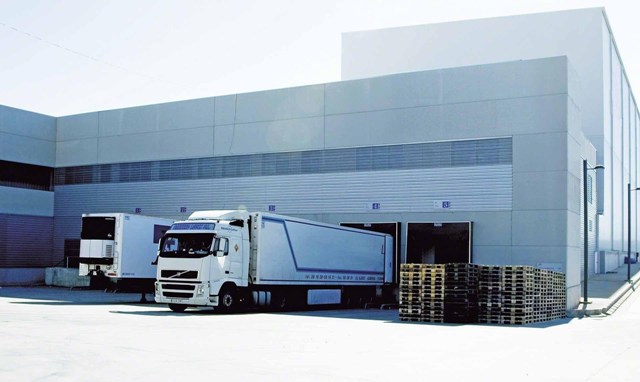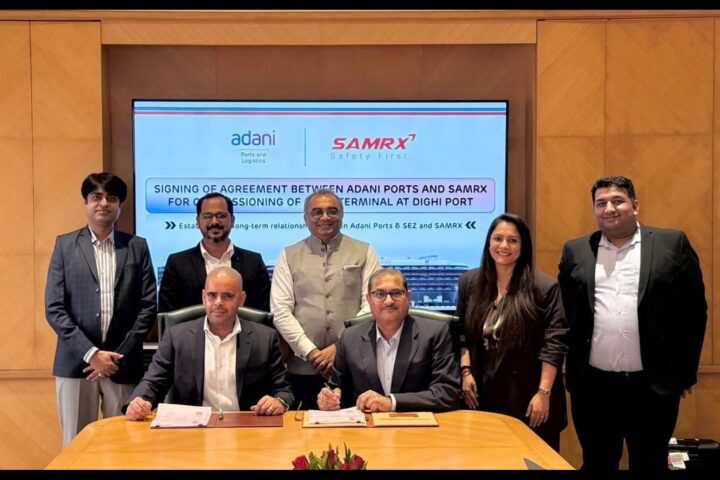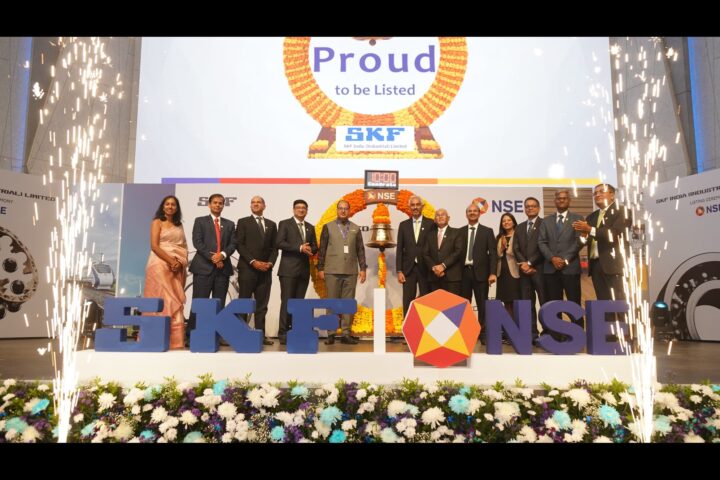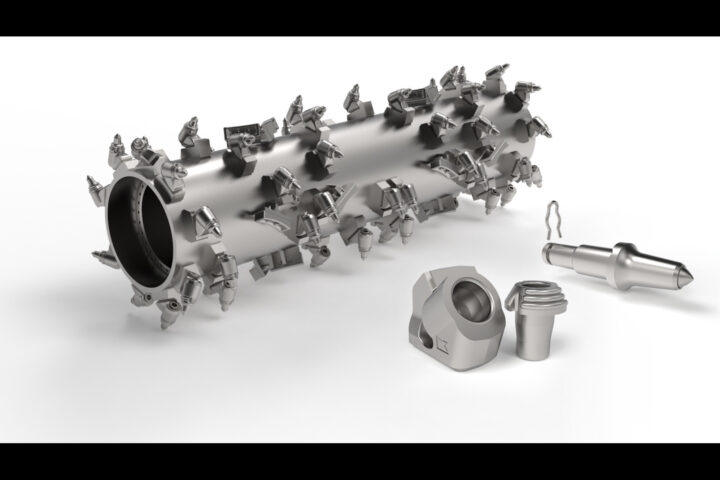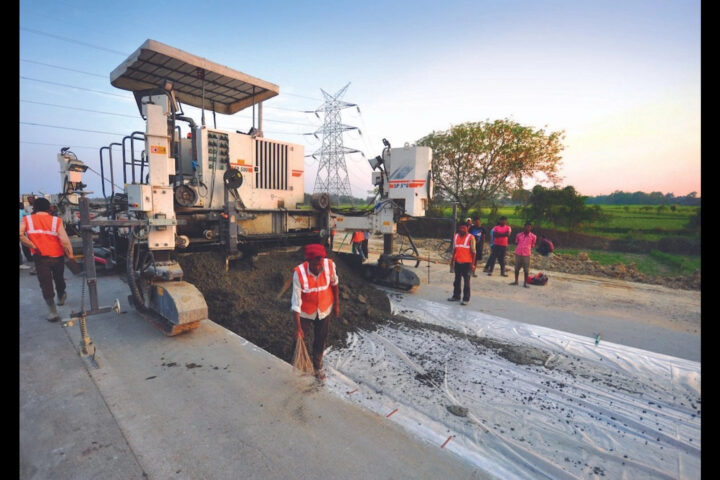by Dr. Ashvini Jakhar, Founder & CEO, Prozo
Third-party logistics (3PL) services have been the backbone of Indian supply chains across industries. However, as we have witnessed in recent years, especially after the rapid rise of e-commerce and D2C businesses, there is a significant rise in demand for such services as well as expectations of greater quality, speed, and accuracy from 3PL companies. With each major e-commerce platform and D2C player that enters the market, the expectations only rise, and in such a scenario, conventional unorganized or manually-driven processes are no longer adequate.
The era of digital-first 3PLs
The rapid economic growth and globalisation of business activities have created unprecedented buoyancy in the Indian domestic markets. Rising consumer expectations and changing needs such as the widespread adoption of e-commerce services have necessitated that 3PL companies provide D2C platforms with end-to-end technology integration in logistics operations. The conventional manual processes neither offer the scale nor the speed that modern retail businesses need. This is where digital-first 3PL logistics companies have rapidly made their mark. They understand the dynamics of e-commerce operations and are well-versed in cutting-edge technologies and trends in the supply chain arena. Such companies have brought about unprecedented benefits for the players, and are at the top of the emerging trends and innovations such as the following.
Digital transformation – Digital transformation is the new face of supply chain management. For any modern 3PL company, it is no longer a choice, but a necessity to remain competitive in the market. Technologies such as AI, ML, big data analytics, and the Internet of Things (IoT) have made a major impact on the way warehousing, inventory management, and logistics operations are carried out nowadays. Such tools are helping 3PL operators and their clients through abilities like real-time visibility, process optimization, and superior decision-making across the supply chain. They get to enjoy better demand forecasting, inventory management, route planning, and reduction in operational costs.
Omnichannel and multichannel capabilities – Businesses are trying to leverage the power of digital commerce to reach as many new markets and customers as possible. If we look at any D2C e-commerce brand today, it is most likely going to be present on multiple marketplace platforms, the brand’s own website, social media stores, and in physical outlets as well. Conventionally, brands have been compelled to maintain separate inventories for each platform and work out different logistics silos as well. Digital SCM companies are now eliminating these hassles by emerging as one-stop-shop solutions. They have omnichannel and multichannel retail capabilities, and can seamlessly empower the sellers to store inventory in one place and sell across 5, 10, or even 20 channels. This significantly boosts revenue generation and ease of doing business.
Supply Chain as a Service (SCaaS) – SCaaS is a cloud-based solution offered by 3PL companies that have the infrastructure and expertise to provide end-to-end supply chain solutions integrating various components and services. The one-stop-shop SCaaS solutions prove to be more efficient, streamlined, affordable, and highly visible for businesses. A typical SCaaS solution would integrate order tracking, inventory management, warehousing, transportation management, returns management, compliance, and risk management etc. Such services have significantly reduced the go-to-market timeline for startups and smaller players, and democratized the e-commerce arena for all.
Internet of Things (IoT) – there is no doubt that IoT and sensor technologies have redefined efficiency for 3PL companies. Today, there are sensors integrated into packages to monitor product condition, temperature, and location as well as those mounted on vehicles to monitor speed, driving patterns, real-time location, and so on. All such data helps in constant evaluation of supply chain performance and the identification of areas of improvement. Fleet operators are able to monitor vehicular conditions and undertake predictive maintenance for better asset utilization. IoT and sensors also provide inputs that help in estimating exact delivery timelines and this often results in greater customer experience.
Autonomous vehicles and equipment – Autonomous vehicles and advanced Automated Storage and Retrieval Systems (ASRS) have brought about great efficiency and seamlessness in warehouse operations. These systems are minimizing the need for human interventions, enabling greater safety through the deployment of machines and robots to handle risky or hazardous goods, and improving the speed of operations inside large warehouses.
Conclusion
Supply chains in 2023 are way more dynamic, fast, efficient, and resilient. The large-scale automation and digital transformation have brought about unprecedented agility and greater confidence of keeping the supply chain operations going even in adverse conditions like the pandemic disruption that we had seen in 2020 and 2021. AI and big data analytics have enabled predictive maintenance for equipment, evaluation of operations, and identifying areas of improvement. Digital transformation has led to a lowering of operational costs for 3PL service providers and greater experience for their clients. In a retail ecosystem where omni-channel presence and relentless pursuit of customer satisfaction differentiate market leaders from other brands, these emerging 3PL technology trends will define the future!


